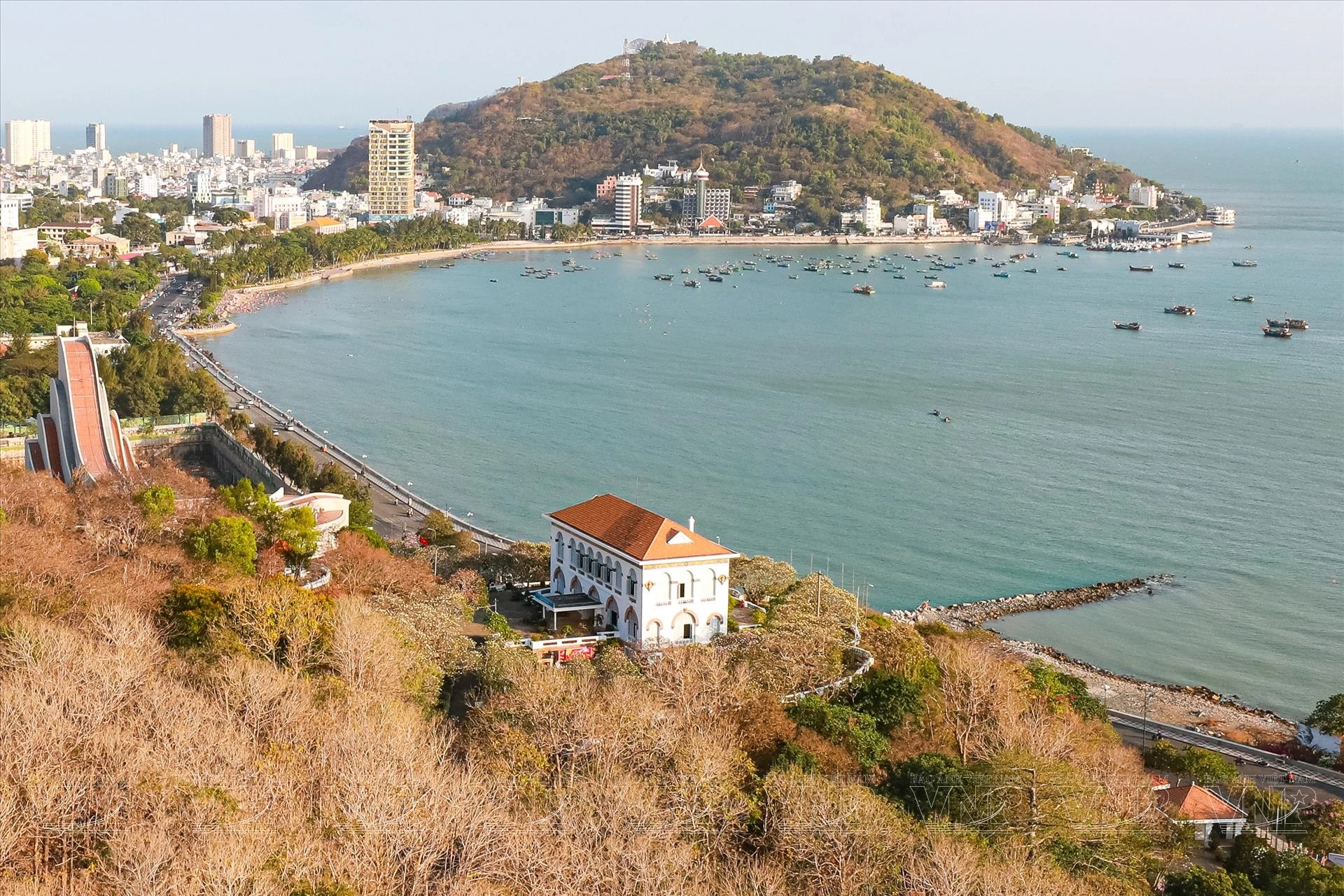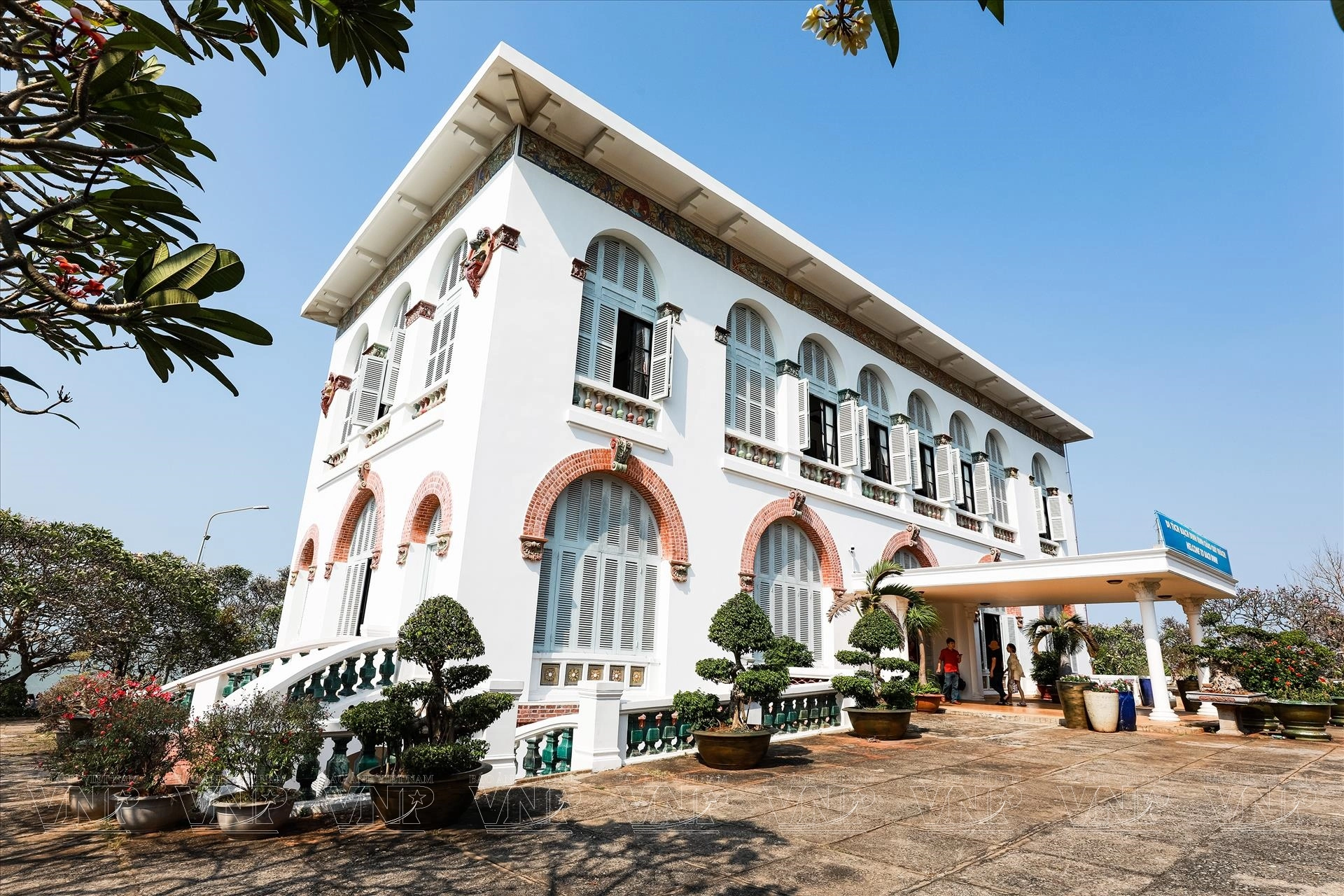The Connection Between Bạch Dinh(Vũng Tàu) and Kim Long(Hue)

The Connection Between Bạch Dinh in Vũng Tàu and Kim Long in Huế
At first glance, Bạch Dinh – a stately French colonial villa perched on the seaside cliffs of Vũng Tàu – and Kim Long – the ancient quarter where Ancient Huế is located – seem worlds apart. Yet, they share an unexpected link through Emperor Thành Thái.
Thành Thái, the ninth emperor of the Nguyễn dynasty, was born Nguyễn Phúc Bửu Lân. He was the seventh son of Emperor Dục Đức, remembered as one of the most unfortunate Nguyễn rulers, deposed and executed after only three days on the throne.
Ascending the throne at just 10 years old, Thành Thái was crowned on the second day of Lunar New Year in 1889 at the Hall of Supreme Harmony. Remarkably, the coronation took place without the imperial seal (ngọc tỷ truyền quốc) and without an official royal edict, highlighting the turbulence of the era. Despite his young age, he quickly displayed caution and wisdom beyond his years.
Though under constant surveillance by French colonial authorities, the young emperor left lasting marks on Huế. He strongly valued education and modern knowledge, founding the prestigious Quốc Học Huế School, and he initiated the construction of Trường Tiền Bridge – both of which remain iconic symbols of the city.
You can read about who built the first version of Truong Tien Bridge here

Exile and a Secret Female Army
Behind the façade of compliance, Thành Thái secretly nurtured ambitions to reclaim Vietnam’s independence. He often visited Kim Long, a district famed for its beauty and its discreet atmosphere. There, under the guise of leisure, he quietly built a resistance movement. What made his plan extraordinary was the composition of his secret force: it was made up entirely of women.
At that time, women were dismissed as “weak and incapable,” unlikely to be taken seriously by colonial authorities. This very prejudice became the emperor’s strategic advantage. These women were trained, armed, and ready to serve a cause that no one suspected them of leading.
Unfortunately, the plan was uncovered before it could take shape. Thành Thái was removed from power and confined. He was sent into internal exile at Vũng Tàu, where he lived for nearly a decade in what is now known as Bạch Dinh. Later, the French deported him even further away—to Africa, a land completely foreign to him.
Thus, Bạch Dinh in Vũng Tàu and Kim Long in Huế are bound together by the dramatic fate of Emperor Thành Thái—a monarch of vision and resilience, whose dream of independence even inspired an unprecedented female army.
Discover a captivating journey through Hue Charm- Huế Clams (Hến): A Beloved Local Specialty and Culinary Delight



